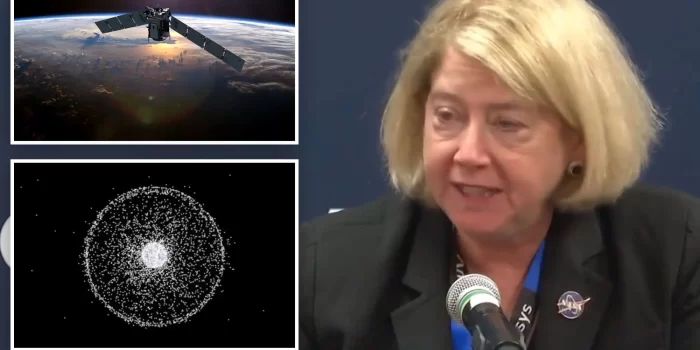NASA has expressed severe concerns about the safety of space missions after a harrowing encounter at the end of February between a Russian and an American satellite that almost resulted in a collision. On February 28, two potentially disastrous satellites passed close less than 10 meters, or around 30 feet, of one another because they could not be guided or moved.
NASA was keeping an eye on the situation with the Department of Defense and was aware that the Russian spy satellite Cosmos 2221 and its own Thermosphere Ionosphere Mesosphere Energetics and Dynamics Mission (TIMED) spacecraft would pass near to one another in orbit. The two spacecraft’ real proximity, however, was shocking and very concerning.

During her speech at the Space Foundation’s Space Symposium in Colorado, NASA deputy administrator Pam Melroy said that the situation was “really scary” for the agency’s specialists. She disclosed that the satellites’ separation was less than 10 meters, highlighting the precariousness of the situation.
There could have been disastrous results from a crash. Such an impact may have produced debris that seriously endangered human life by posing a risk to other spacecraft in orbit. Melroy emphasized the significance of tackling the expanding problem of space traffic, since there are presently over 10,000 satellites in orbit above the Earth, a figure that has increased fourfold since 2019.

NASA developed its Space Sustainability Strategy with the goal of better mapping and tracking every satellite and piece of trash in Earth’s orbit in order to address this issue. Additionally, private businesses are working on creating the technology necessary to remove aging satellites from orbit, hoping to lower the chance of collisions and the produce debris.
Space traffic management and meticulous coordination are more important than ever as space gets more congested with satellites and space missions. NASA’s and private industry’s endeavors are directed on guaranteeing the sustainability and safety of space operations for coming generations.


